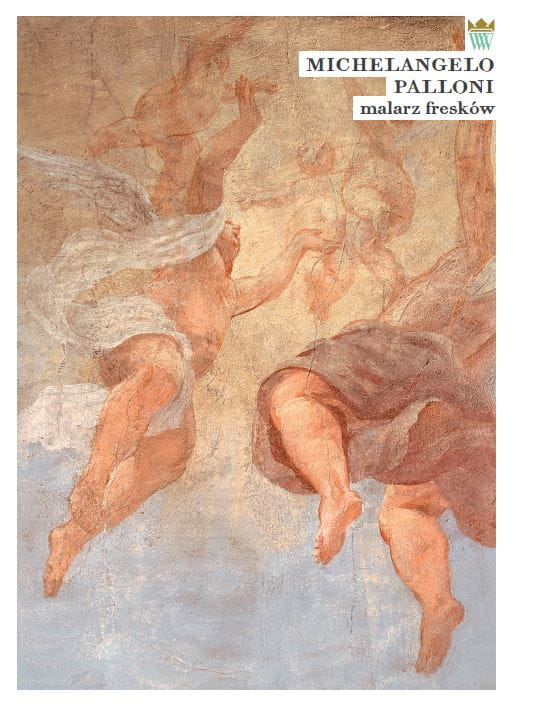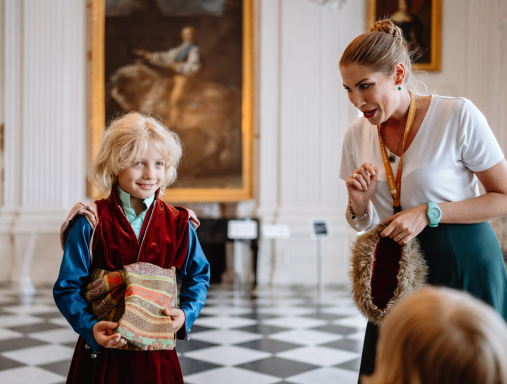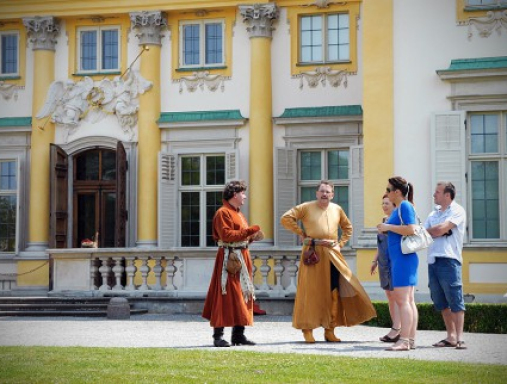Product price
45.00 PLNPromotional tags
Product description
Ed. Elżbieta Modzelewska
Michelangelo Palloni (29 September 1642 – 1711 / 13), from Campi near Florence, one of the most important late Baroque decorative artists working in the Polish-Lithuanian Commonwealth. His work contributed significantly to the development of fresco painting in the 18th century. He was an artist sensitive to colour and light, able to skilfully build an expressive narrative using poses and gestures, and group figures in a rhetorical composition, often in foreshortened perspective, in the setting of perfectly drawn architecture. He masterfully created the impression of three-dimensionality and reflected the aerial perspective of Roman ceiling lamps. He was able to adapt his frescoes in tone and composition to the previous marbleisation or stucco decoration of the interior. The importance of his achievements is not only demonstrated by the projects commissioned by Jan III, Primate Michał Stefan Radziejowski or borderland magnates, such as the Grand Chancellor of Lithuania Krzysztof Zygmunt Pac and the Voivode of Vilnius and Grand Hetman of Lithuania Kazimierz Jan Sapieha. His priority in the artistic landscape of the then Polish-Lithuanian Commonwealth was ensured by top-class craftsmanship, combined with a skilful and inventive adaptation of Florentine, Venetian and Roman patterns. (excerpt from Magdalena Górska's text)
Publisher: Museum of King Jan III's Palace at Wilanów
Year of publication: 2017
Length: 367 pages
Format: 21,5x27,5 cm
Cover: soft with flaps
ISBN 978-83-63580-90-2
Michelangelo Palloni (29 September 1642 – 1711 / 13), from Campi near Florence, one of the most important late Baroque decorative artists working in the Polish-Lithuanian Commonwealth. His work contributed significantly to the development of fresco painting in the 18th century. He was an artist sensitive to colour and light, able to skilfully build an expressive narrative using poses and gestures, and group figures in a rhetorical composition, often in foreshortened perspective, in the setting of perfectly drawn architecture. He masterfully created the impression of three-dimensionality and reflected the aerial perspective of Roman ceiling lamps. He was able to adapt his frescoes in tone and composition to the previous marbleisation or stucco decoration of the interior. The importance of his achievements is not only demonstrated by the projects commissioned by Jan III, Primate Michał Stefan Radziejowski or borderland magnates, such as the Grand Chancellor of Lithuania Krzysztof Zygmunt Pac and the Voivode of Vilnius and Grand Hetman of Lithuania Kazimierz Jan Sapieha. His priority in the artistic landscape of the then Polish-Lithuanian Commonwealth was ensured by top-class craftsmanship, combined with a skilful and inventive adaptation of Florentine, Venetian and Roman patterns. (excerpt from Magdalena Górska's text)
Publisher: Museum of King Jan III's Palace at Wilanów
Year of publication: 2017
Length: 367 pages
Format: 21,5x27,5 cm
Cover: soft with flaps
ISBN 978-83-63580-90-2
Select number of pieces
You may also be interested in
1
/
3
-
Rubensiana in Polish Collections. What is What: Original, Replica, Copy?
150.00 PLNView productAdd to cart
new
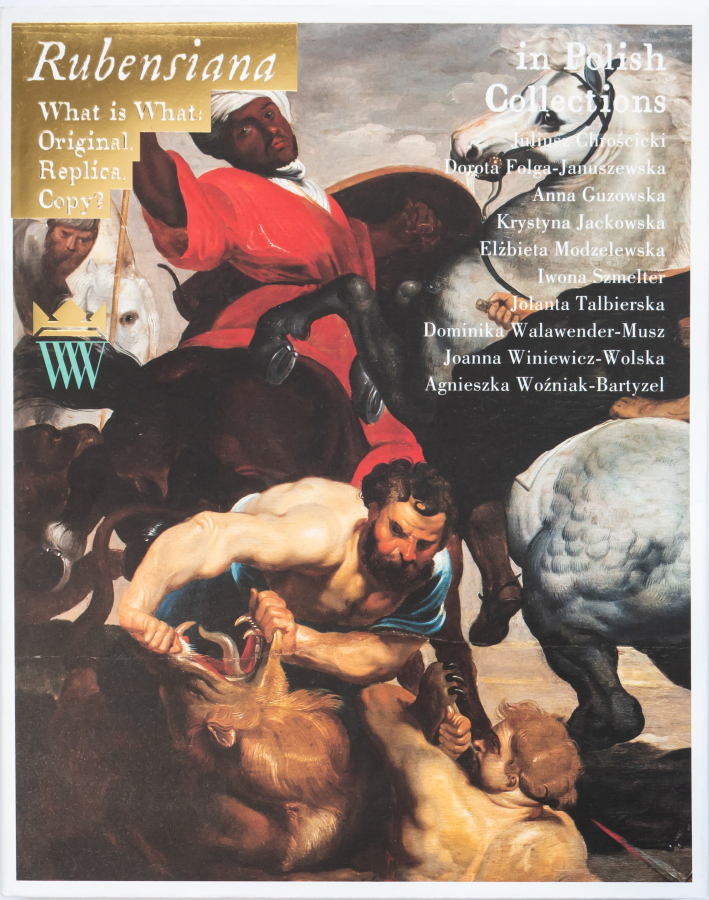
-
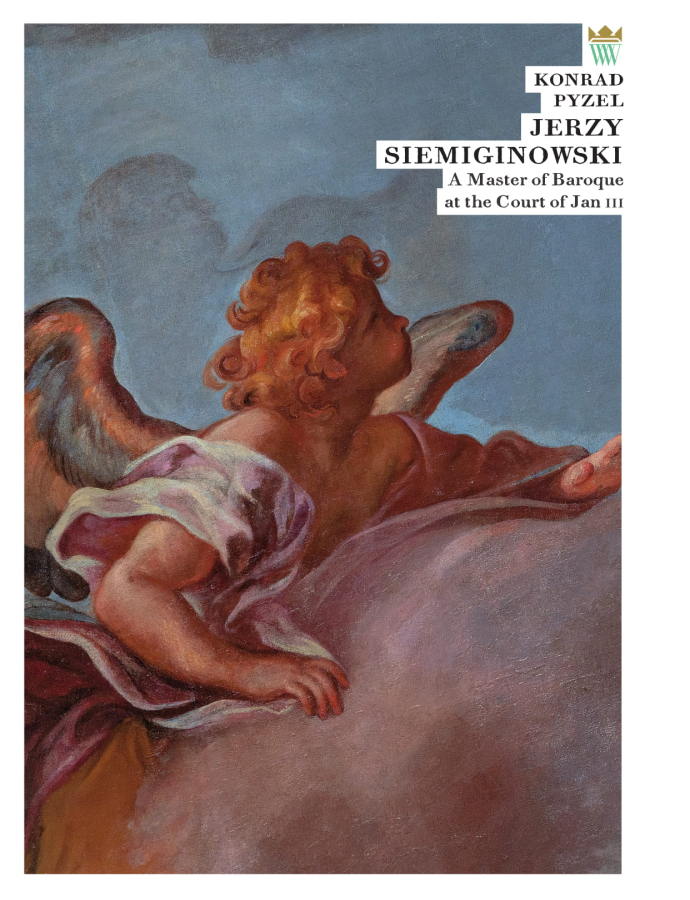
-
Toward a Universal Science. Sculpted and Painted Decorations in the Library of King Jan III at the Wilanów Palace
50.00 PLNView productAdd to cart
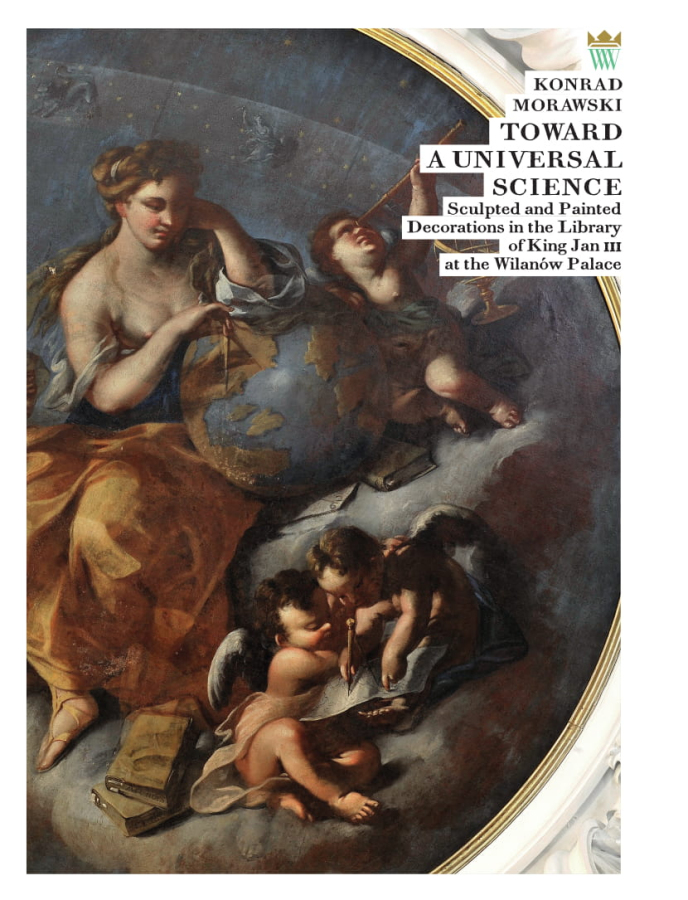
-
A Treasury of Various Sources... The History of the Polish-Lithuanian Commonwealth in the Syllabus of 1759
50.00 PLNView productAdd to cart
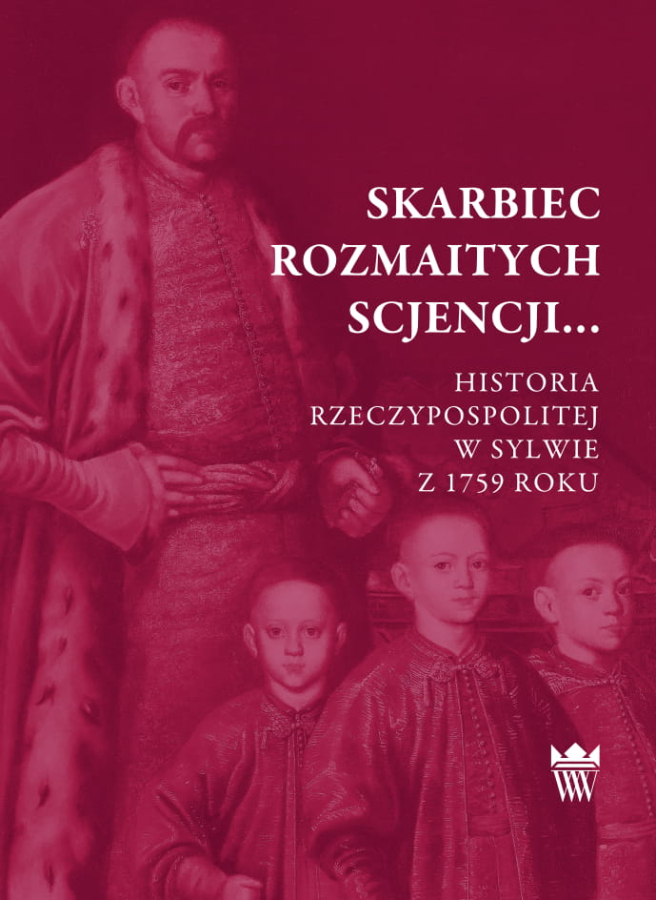
-
The Equestrian Portrait of Stanislaw Kostka Potocki by Jacques-Louis David
79.00 PLNView productAdd to cart
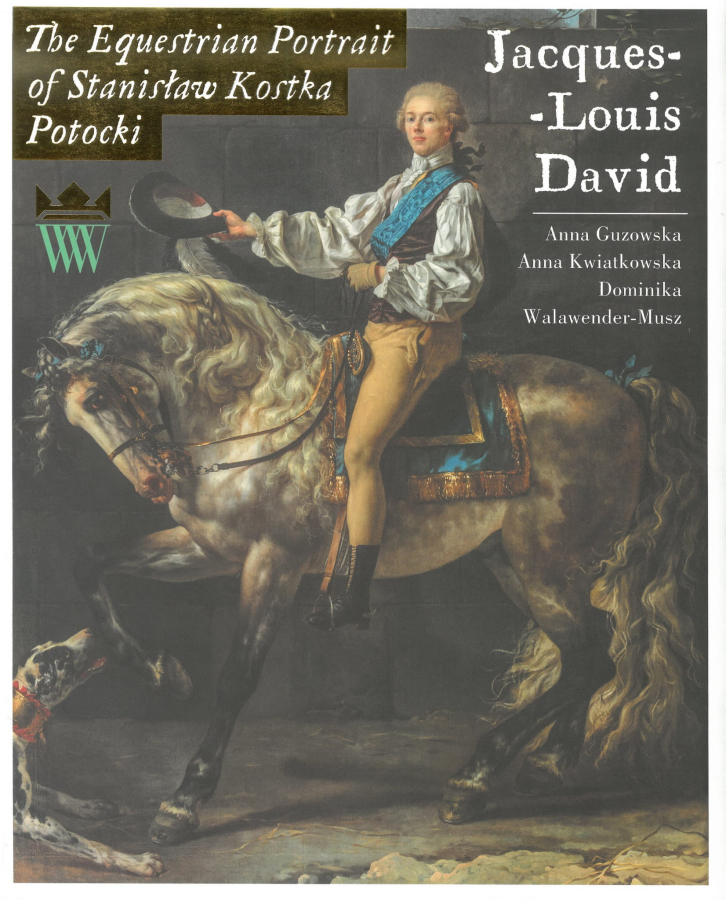
-
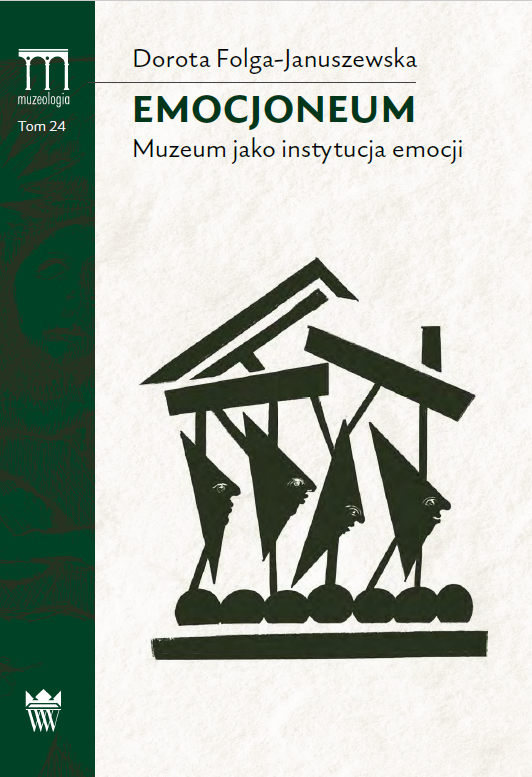
-
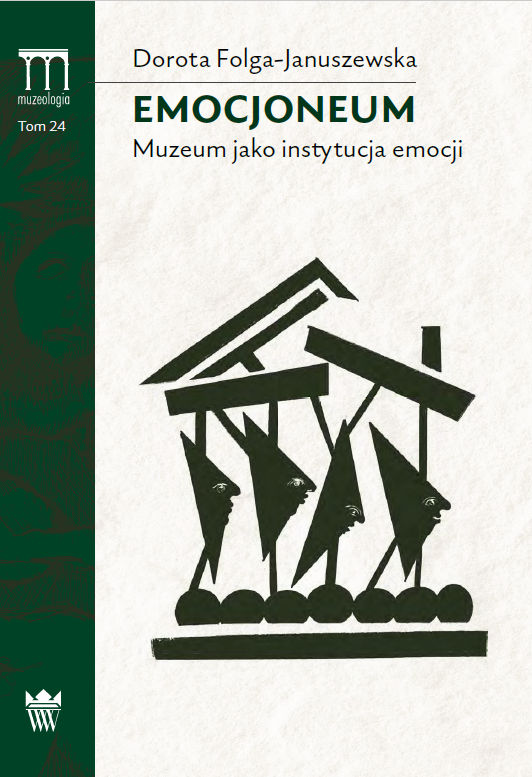
-
The Sports Museum is a Depository of the Idea of Kalokagatia – E-BOOK
20.00 PLNView productAdd to cart
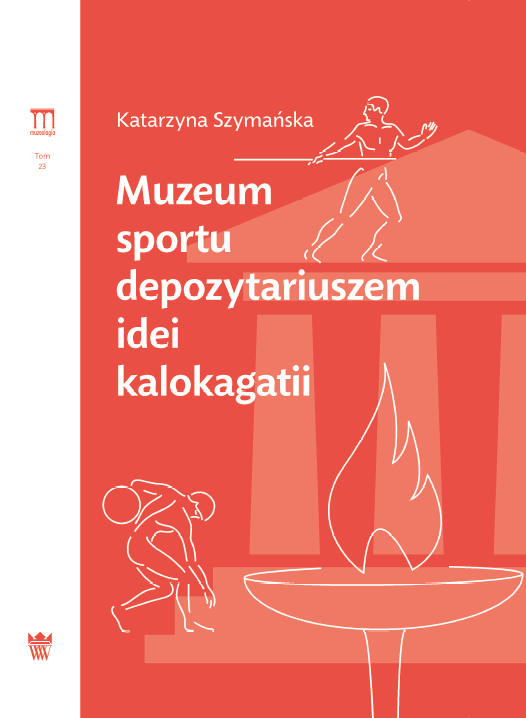
Recommended events
-
Buy a ticket
-
Visit with the King
- children 7-9
- teenagers 10-12
- workshops
- history, culture and art
- For groups
Read more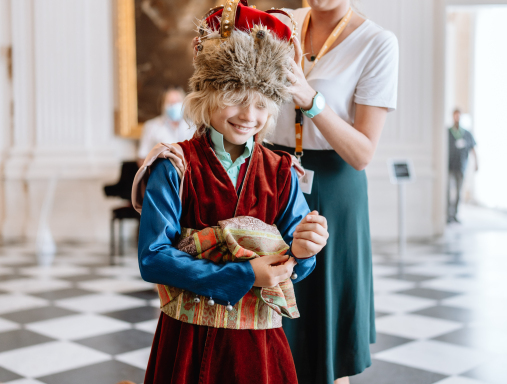 + 19 dates
+ 19 datesBuy a ticket
-
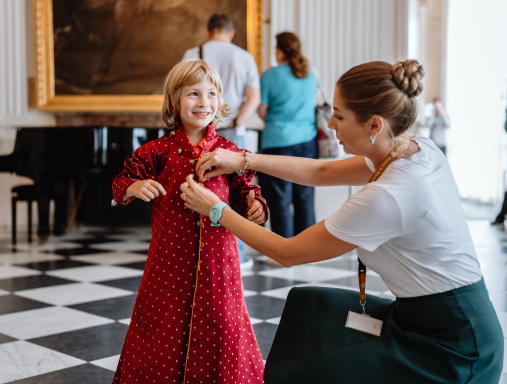 + 268 dates
+ 268 datesBuy a ticket
-
-
History and symbolism of the Palace interiors – route I and II
- adults
- thematic walk
- history, culture and art
- For groups
Read more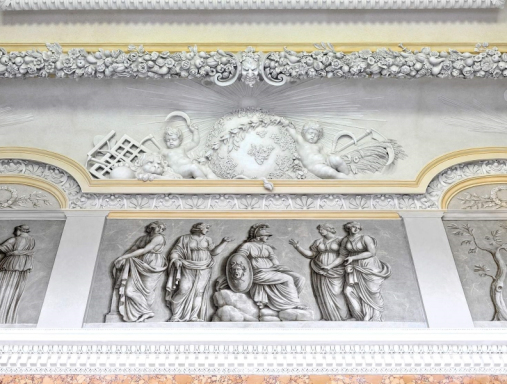 + 19 dates
+ 19 datesBuy a ticket
-
Buy a ticket
1
/
3
